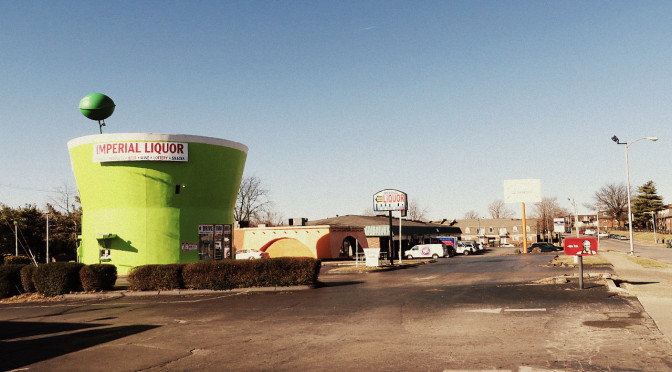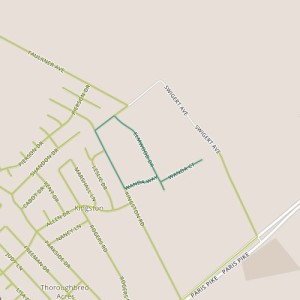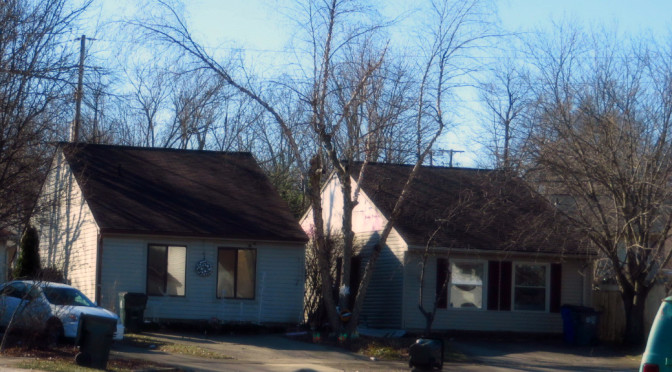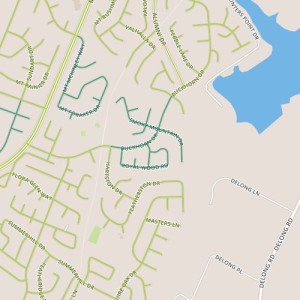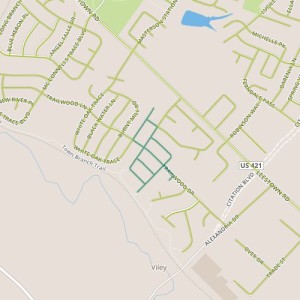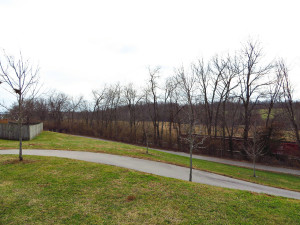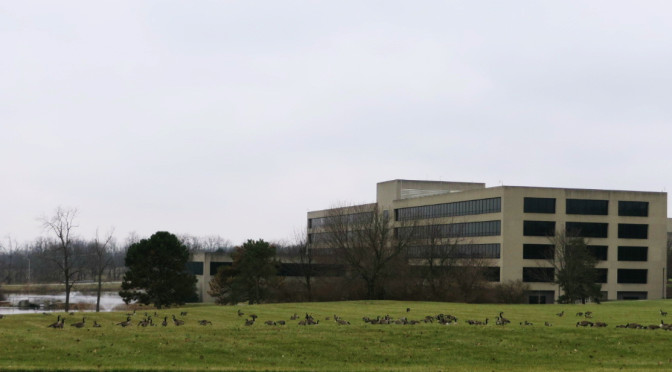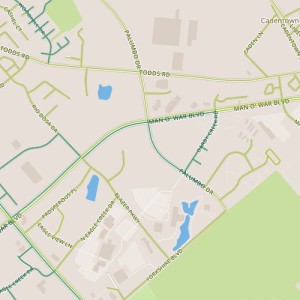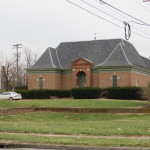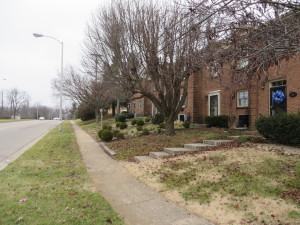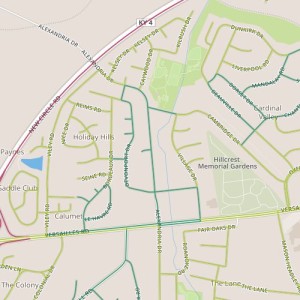
Today’s walk was in the Holiday Hills area, north of Versailles Road and Alexandria. This area has a mix of retail space along Alexandria and Village near Versailles, apartments, duplexes and single family homes. It appears to generally have been built out in the 1960s.
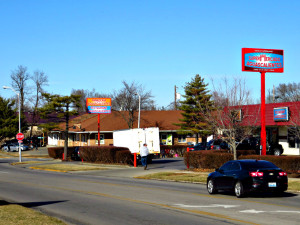
I was really impressed by how well this area seems to work. I passed retail, multi- and single-family housing, a park, bus stops, and even a library. All of these were being used. The sidewalks were not lacking for people I think about and talk about walkable access to things like parks, transit, and libraries, but sometimes imaging what it might feel like in practice in an average neighborhood is difficult; defining what how it should word, elusive. To see it at work in an established neighborhood was thrilling.
A few thoughts on what worked especially well and why: First, the retail was very focused on the needs of a Latino and Spanish-speaking customer base. Where most establishments of niche markets have to serve a geographically diverse customer base, these stores seem to have a pretty concentrated customer base. Second, the retail is ringed by high-density housing, with lower density housing beyond that. Plentiful nearby high-density housing seems to provide a critical mass of people who are willing to walk to nearby stores, parks, and transit, and this “activates” the sidewalk. Drivers are cognizant of pedestrians–they expect people to be crossing streets on foot. So, enough people are walking that walking is actually safer. Walking seems so natural here. I caught someone leaving there house to walk to some destination as casually as I might walk to another room. Infrastructure, attitudes, customer base and destinations reinforce each other to make the whole thing work efficiently.
